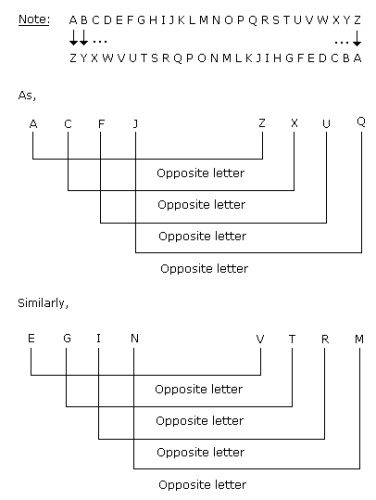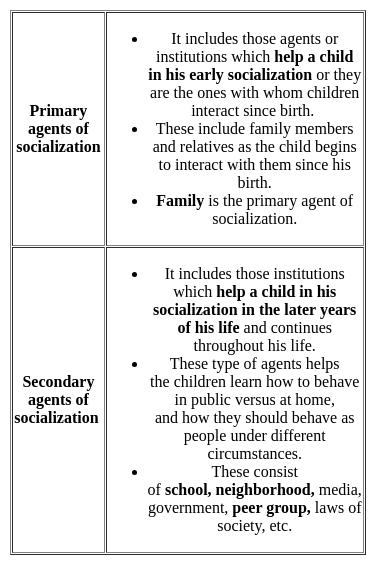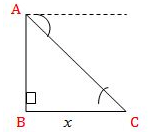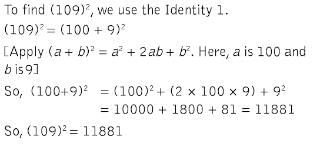KVS TGT Math Mock Test - 3 - KVS PGT/TGT/PRT MCQ
30 Questions MCQ Test - KVS TGT Math Mock Test - 3
Fill in the blank with the correct preposition.
The picture is ____ the wall.
Who among the following own the Nobel prize for literature?
Directions: Study the following question carefully and choose the right answer.
In a certain code PAUSE is written as OBVTD and SHIFT is written as RIJGS. How will THINK be written in the same code?
Directions to Solve
In each of the following questions find out the alternative which will replace the question mark.
Question -
ACFJ : ZXUQ :: EGIN : ?
Which of the following reported expressions presents challenges to physical and psychological well-being of adolescents?
I. Cyber bullying
II. Online harassment footprints
III. Facebook depression
A specific type of learning disability in which there is difficulty attaching meaning to sound groups that form words, sentences and stories are known as:
Which of the following can be a way of involving the community in the education process?
I Parent meetings in school.
II. Participation through contribution of money, material and labour
The diameter of a circle whose area is equal to the sum of the areas of the two circles of radii 40 cm and 9 cm is:
Direction: In the following questions, a statement of Assertion is given followed by a corresponding statement of Reason just below it. Of the statements, mark the correct answer as
Assertion : The circumference of a circle must be a positive real number.
Reason : If r(>) 0 is the radius of the circle, then its circumference 2πr is a positive real number.
The least perfect square number which is divisible by 3, 4, 5, 6 and 8 is
Rozly can row downstream 20km in 2 hours, and the upstream 4km in 2 hours. What will be the speed of rowing in still water?
If the angle of depression of a car from a 100m high tower is 45°, then the distance of the car from the tower is
The mode of 4, 5, 6, 8, 5, 4, 8, 5, 6, x, 8 is 8. The value of ‘x’ is
Read the following text and answer the following questions on the basis of the same: Amit has a packet of Candies. It consists of 288 candies. He arranges the candies in a way that first row contains 3 candies, second row has 5 and third row has 7 and so on.
Q. Is there any row which contains 28 candies?
The value of cos θ cos(90° - θ) – sin θ sin (90° - θ) is:
Segment of a circle is the region between an arc and ______of the circle.
Which of the following quadratic expression can be expressed as a product of real linear factors?
The roots of the quadratic equation 9a2b2x2−16abcdx−25c2d2 = 0 are
An exterior angle of triangle is 80° and the interior opposite angles are in the ratio 1:3. Measure of each interior opposite angle is:
Five friends playing a game in which they are standing at different positions, P, S, T, R and
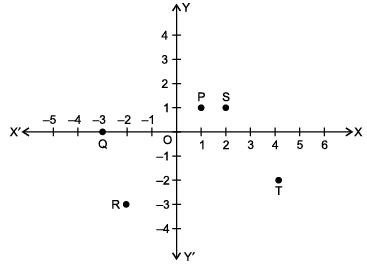
Rohan is watching them playing. Few questions came to Rohan's mind while watching the game. Give answer to his questions by looking at the figure.
Q. Name the point lying in the third quadrant.
Read the following text and answer the following questions.
A manufacturer of TV sets produced 600 sets in the third year and 700 sets in the seventh year, assuming that the production increases uniformly by a fixed number every year.
Q. What is the difference between the productions of two consecutive years?




